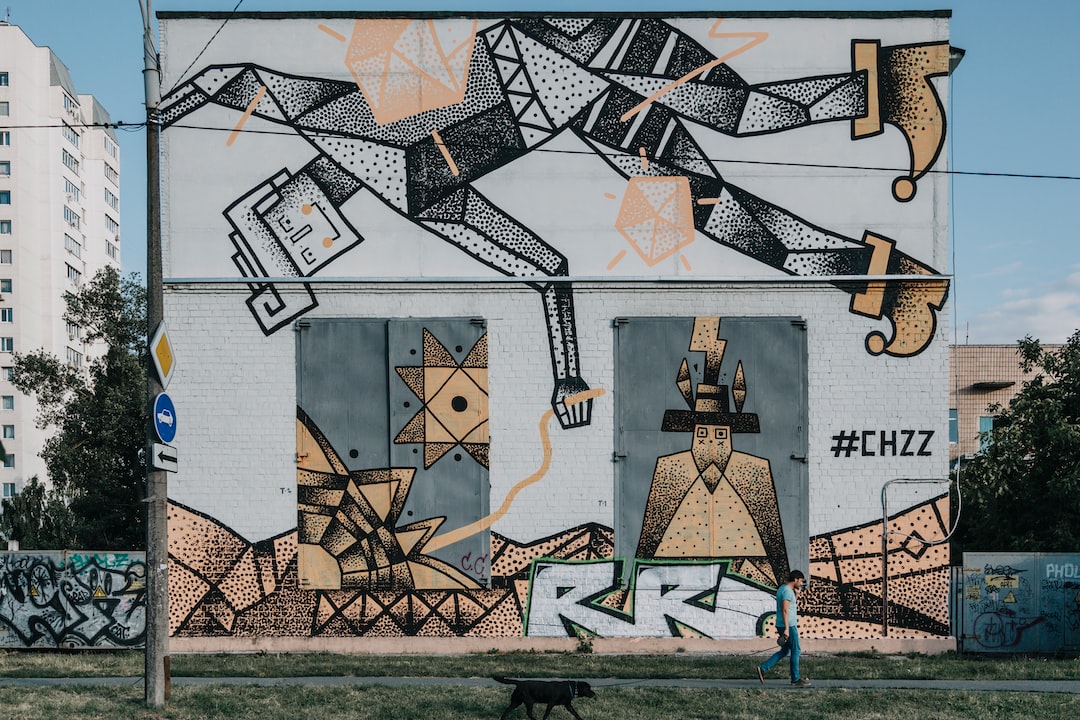
Shading is an important technique in various art forms, such as drawing, painting, and tattooing. It adds depth, dimension, and realism to an artwork. There are several shading techniques available, each with its own unique advantages and applications. In this article, we will explore some of the best shading techniques and discuss their characteristics.
1. Hatching
Hatching is a shading technique that involves the use of parallel lines to create the illusion of shade and form. The distance between the lines and their density can be adjusted to achieve different effects. Hatching is commonly used in drawings and illustrations to create texture and tone.
Advantages of Hatching:
- Hatching is a versatile technique that can be easily controlled and adjusted.
- It allows for precise rendering of light and shadow.
- The lines can create interesting patterns and textures.
2. Cross-Hatching
Cross-hatching is a shading technique that involves the overlapping of multiple sets of parallel lines. By layering the lines at different angles, the shading effect becomes more pronounced and complex. Cross-hatching is commonly used in pencil drawings, especially in illustrations and sketches.
Advantages of Cross-Hatching:
- Cross-hatching can create a wide range of tonal values and textures.
- It adds depth and volume to an artwork.
- The overlapping lines can create interesting patterns and visual interest.
3. Blending
Blending is a shading technique that involves the smooth transition between different shades or tones. It can be achieved by using various tools, such as brushes, fingers, or blending stumps. Blending is commonly used in paintings, both traditional and digital, to create a realistic and soft appearance.
Advantages of Blending:
- Blending creates smooth and seamless transitions between shades.
- It softens harsh lines and edges.
- The technique is particularly effective in creating realistic skin tones and textures.
4. Stippling
Stippling is a shading technique that involves the creation of patterns or textures using small dots or strokes. By varying the size, density, and spacing of the dots, different shades and tones can be achieved. Stippling is commonly used in pen and ink drawings, as well as in certain styles of tattooing.
Advantages of Stippling:
- Stippling allows for intricate detailing and precision.
- It can create unique textures and visual interest.
- The technique is versatile and can be used in various art forms.
Choosing the best shading technique depends on the desired effect, the medium used, and the artist’s personal style. Each technique has its own advantages and applications. From hatching and cross-hatching to blending and stippling, artists have a wide range of options to explore. Experimenting with different shading techniques can help artists develop their skills and create dynamic and visually appealing artwork.
